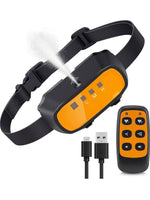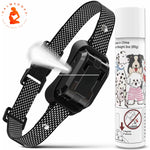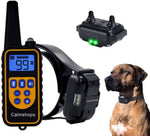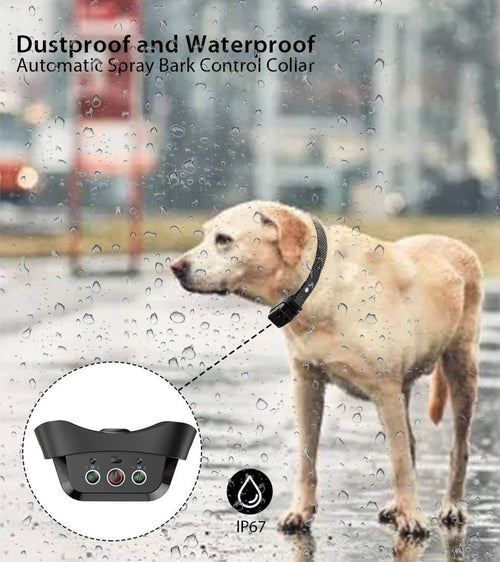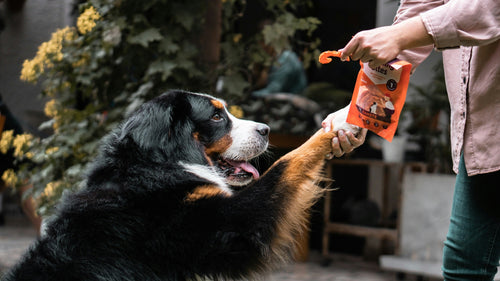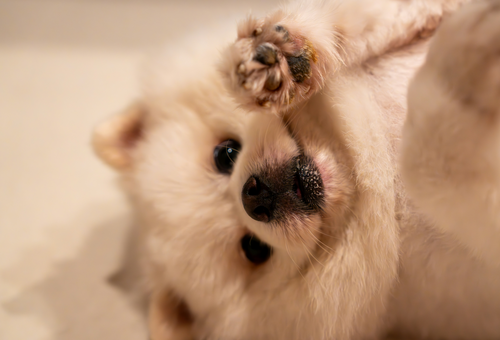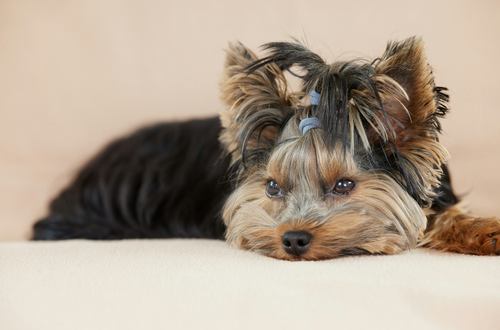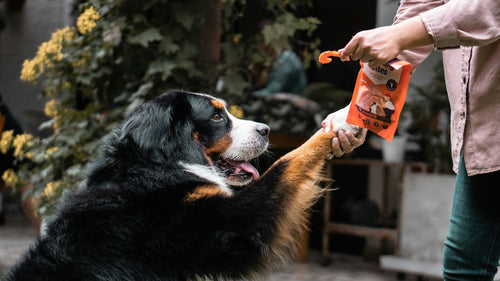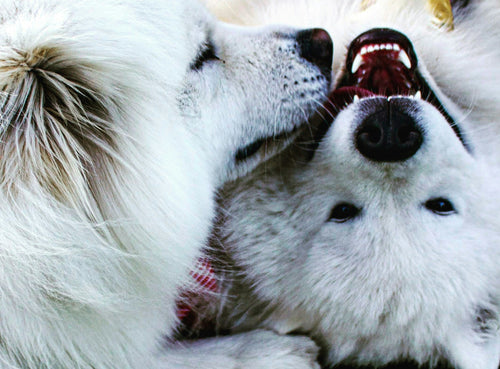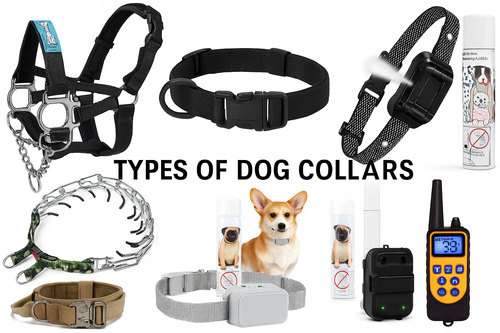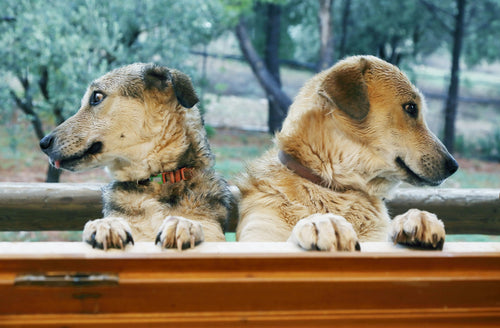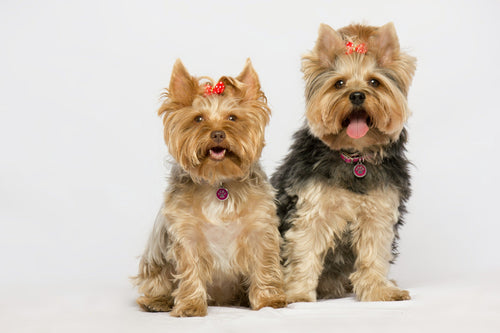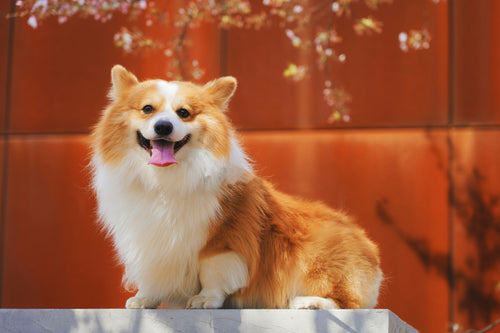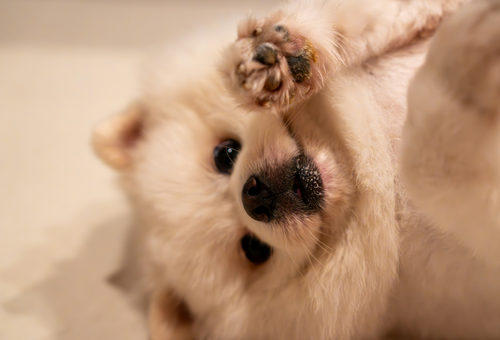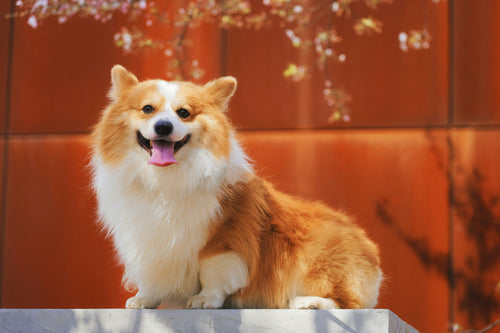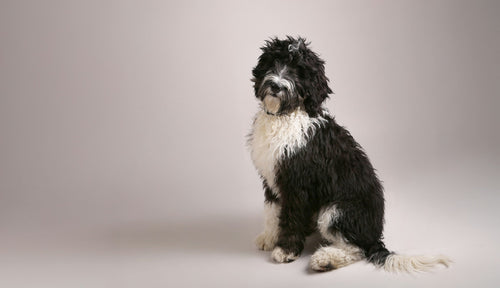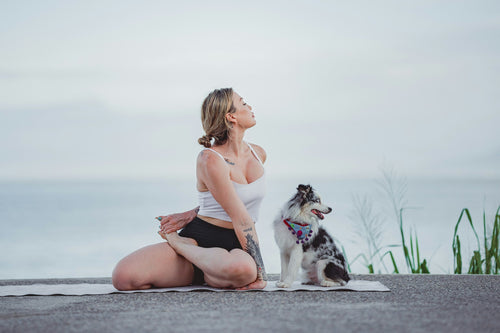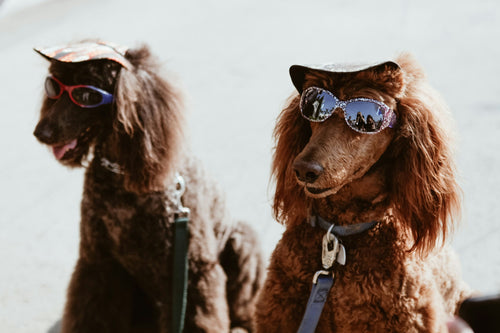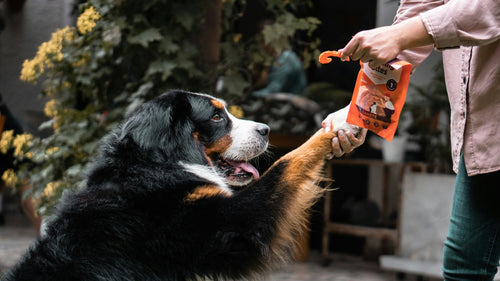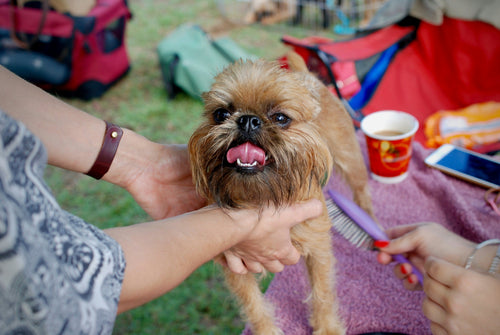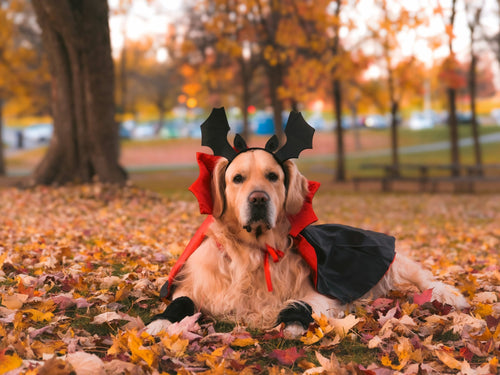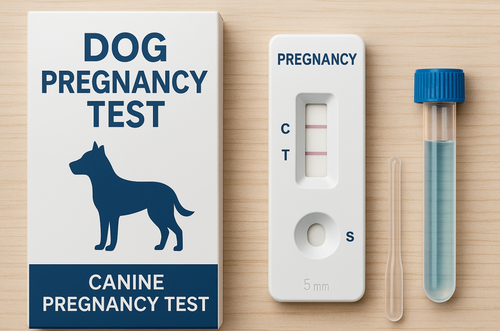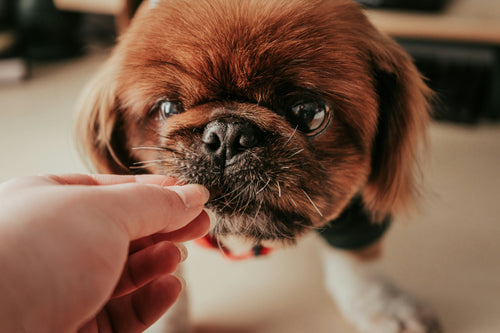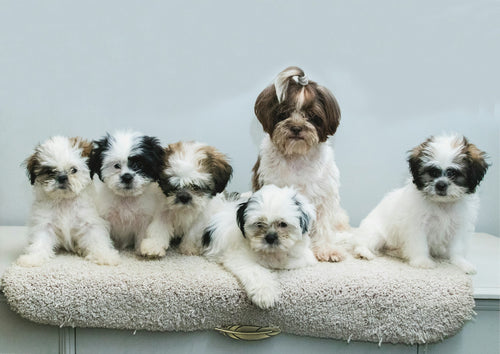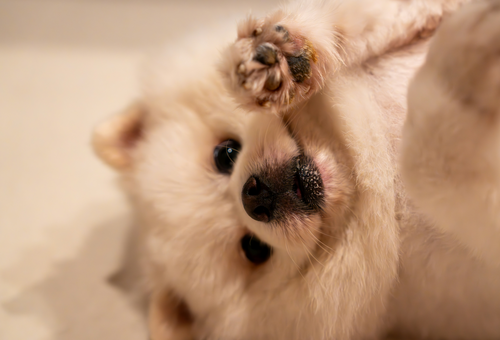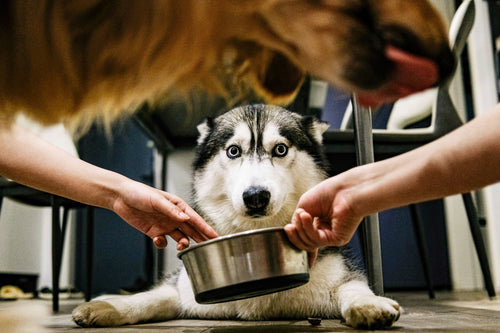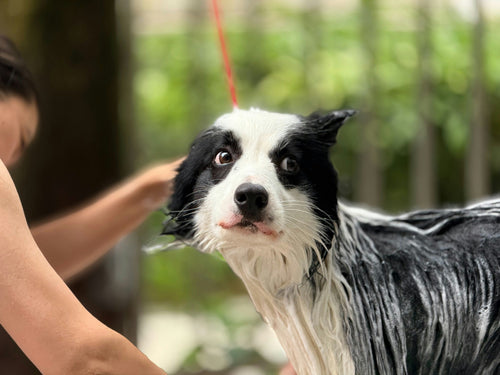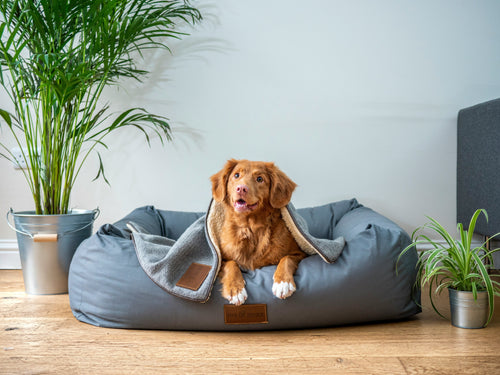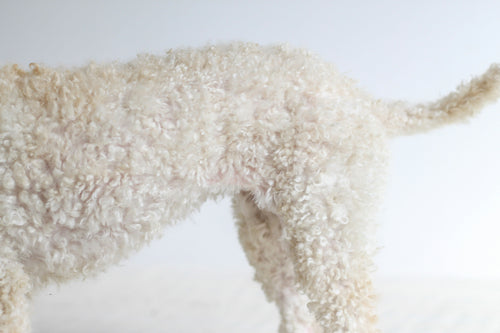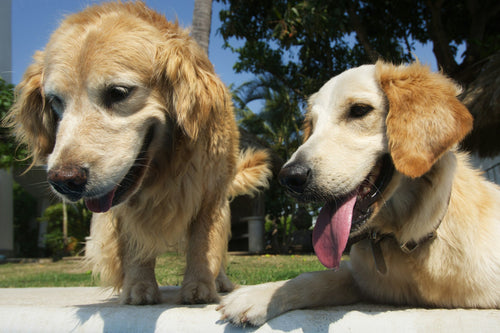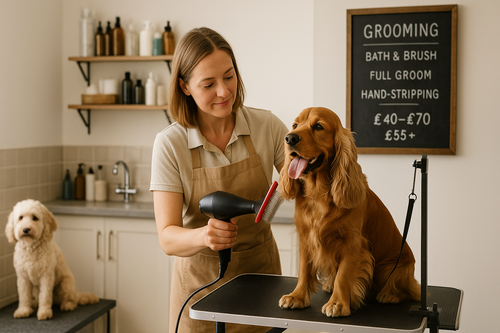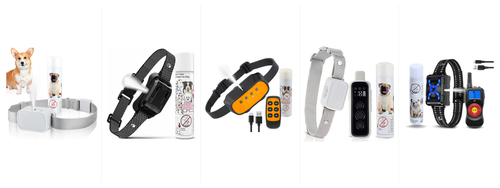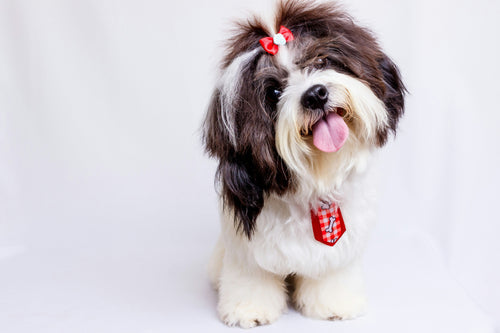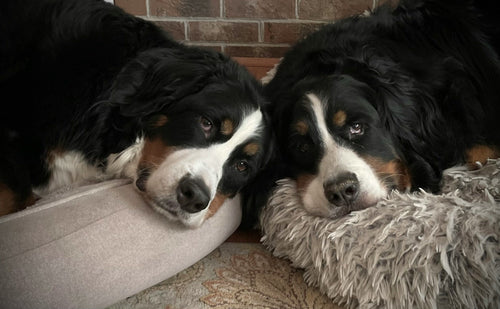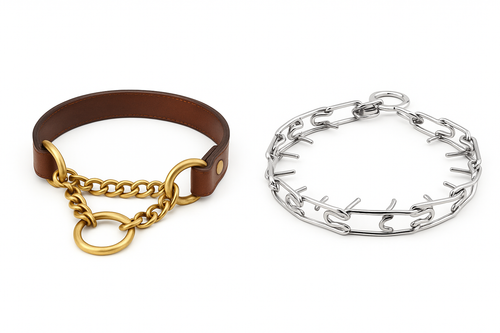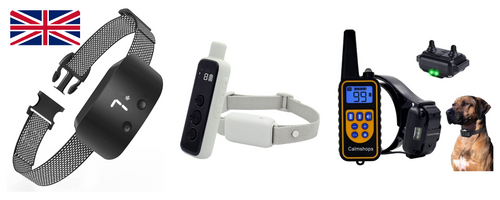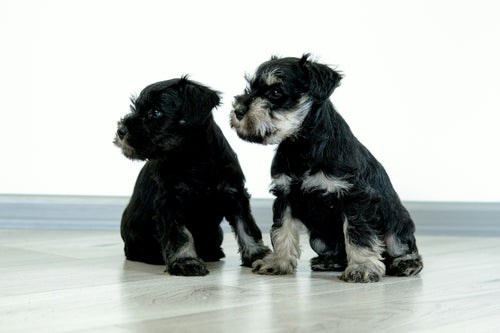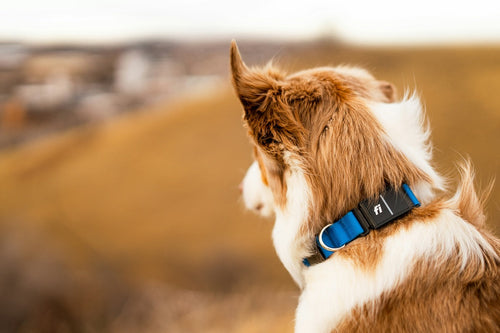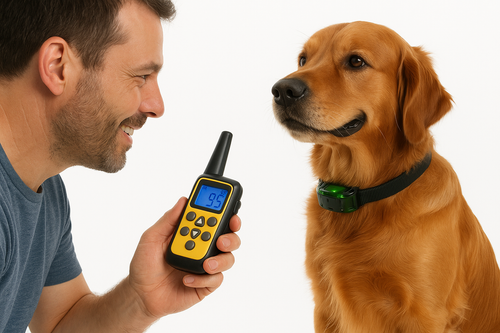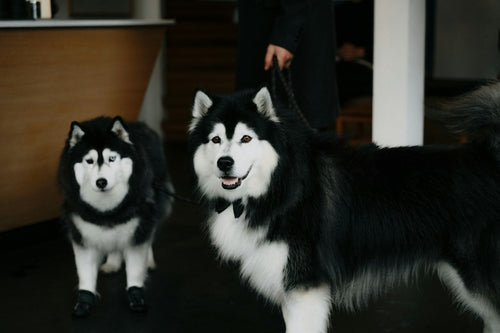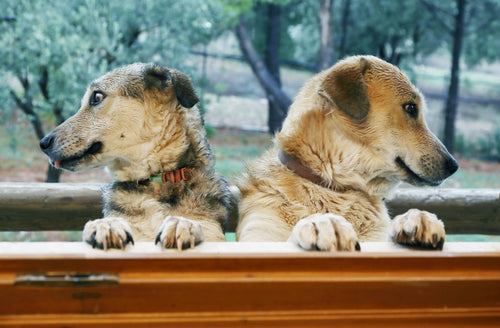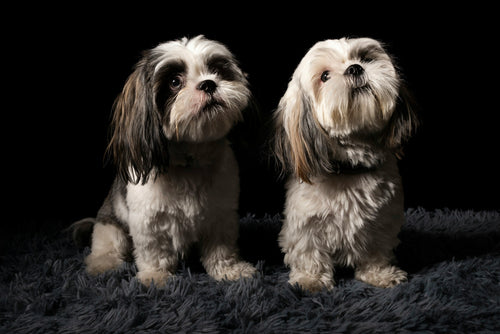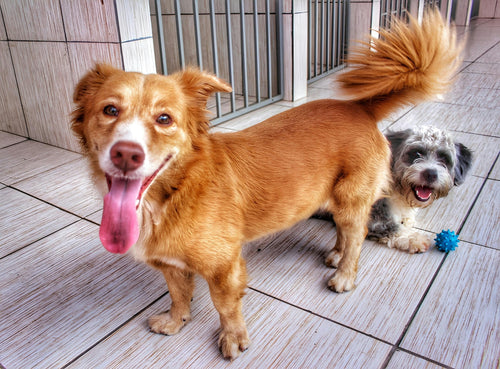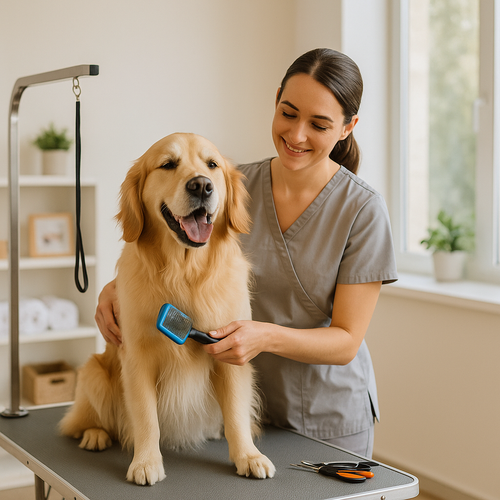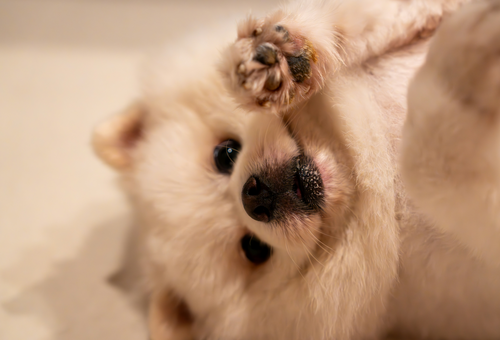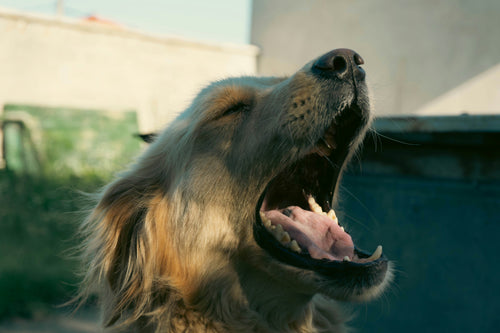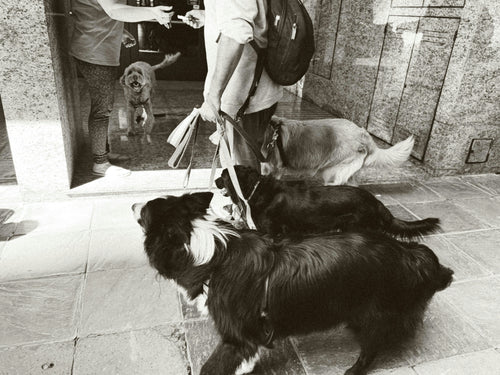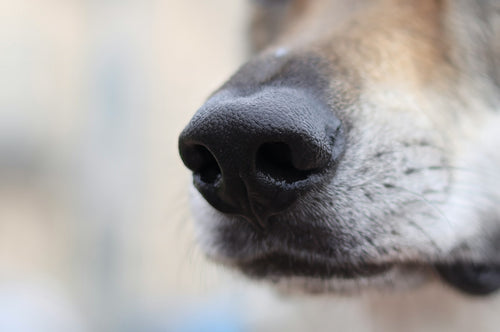The importance of using the right collar
Training your dog effectively starts with one crucial tool: the dog training collar. More than just a place to attach a lead, the right collar builds structure into daily routines and becomes a vital part of your communication with your pet.
Whether you're reinforcing recall, practicing leash manners, or just trying to keep your dog calm in busy areas, the best dog collar for training offers gentle, consistent control. It guides your dog’s focus, especially during early learning stages, helping them understand what’s expected.
Most dogs quickly associate their collar with something positive—walks, adventures, and your full attention. This predictability builds trust and strengthens your bond. Over time, wearing a collar becomes second nature, giving dogs a sense of security as they learn and grow.
A well-fitted training collar also keeps your dog safe. Whether you're at the park, near traffic, or exploring off-lead areas, it gives you immediate control when needed. Add an ID tag for extra peace of mind if your dog ever strays.
Just remember: not all collars are made equal. Choosing a training collar for dogs that suits your dog’s breed, size, and temperament is essential for both comfort and effective results.
Types of Dog Collars: Padded, LED, and Tactical
Picking the right collar for your dog can make a noticeable difference in both training and day-to-day comfort. Here’s a quick breakdown of three popular options:
Padded Dog Collars:
If your dog has sensitive skin or a short coat, a padded dog collar is a gentle and comfortable choice. These collars are lined with soft material that reduces rubbing and prevents chafing—especially helpful for dogs that pull or are new to wearing collars. They're perfect for everyday use and low-stress training sessions.
LED Dog Collars:

Night walks or early-morning strolls? A LED dog collar helps keep your dog safe and visible. These collars glow or flash in low-light conditions, making them ideal for walks near roads or dark trails. It’s a simple way to avoid accidents while adding a fun, functional glow to your dog’s gear.
Tactical Dog Collars:

If you have a working dog, large breed, or an energetic puller, consider a tactical dog collar. These are made from heavy-duty nylon or military-grade materials with robust buckles and handles for added control. They’re especially helpful for off-lead training, hiking, and situations where extra strength and handling are needed.
How Tight Should a Dog Collar Be?

Getting the fit right is just as important as choosing the right type of collar. So, how tight should a dog collar be?
Use the two-finger rule: once the collar is fastened, you should be able to slide two fingers between the collar and your dog’s neck. If it’s too tight to do this, loosen it slightly. If it feels too loose or can slip over your dog’s head, tighten it up a bit.
Proper collar fit helps:
-
Prevent choking or irritation
-
Avoid the collar slipping off
-
Keep your dog secure during walks or training
-
Encourage calm and focus
Check the fit often—especially for puppies, who grow fast, and adult dogs who might gain or lose weight. Watch out for scratching or signs of discomfort, which may indicate a poor fit.
Why Dogs Get Attached to Their Collars

Have you ever noticed how some dogs get excited the moment their collar comes
out? That little item means more to them than we often realise. For many dogs, a
collar becomes something familiar, comforting, and even exciting.
-
Routine and familiarity: Dogs are creatures of habit. If they wear their collar every day, it quickly becomes part of their routine. It smells like them, feels familiar, and gives a sense of security—almost like a second skin. Over time, the collar can feel like a natural part of their daily life.
-
Positive association: Collars are also tied to positive moments. Most dogs get their collar on before something good happens—like a walk, a car ride, or time in the park. So when they see or feel the collar, they start associating it with those happy experiences. That connection sticks, which is why some dogs even bounce with excitement when they hear the sound of their collar.
-
Comfort and security: Especially for nervous or shy dogs, a collar can bring a reassuring sense of “normal” in unfamiliar situations.
In a way, the collar becomes more than just a tool—it’s a symbol of connection, safety, and time spent together. That’s why it’s so important to pick a collar your dog loves.
Why the Right Dog Collar Is Essential
From structured training sessions to everyday safety, the right dog training collar supports your dog’s learning, comfort, and well-being. Whether it’s a padded collar for gentle comfort, an LED collar for night-time visibility, or a tactical collar for more control, you’ll find the best match by considering your dog’s needs. Also conder buying a dog tracker to keep your dogs safe.




